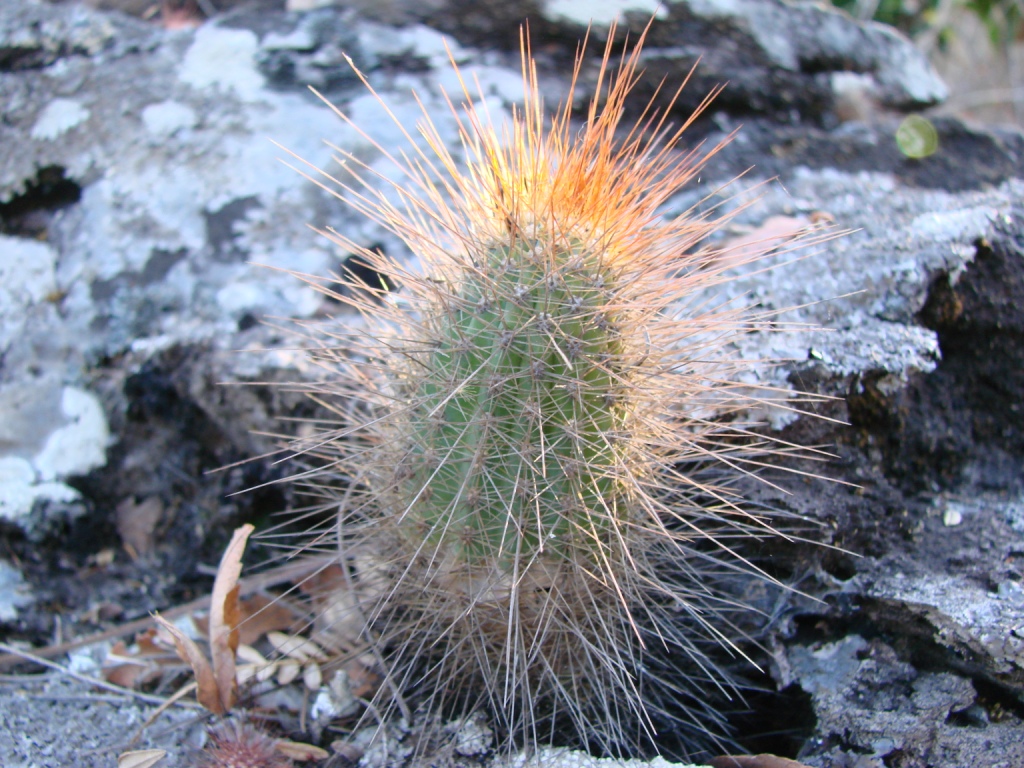Micranthocereus, commonly known as winter cactus, is a genus of cacti endemic to the arid regions of South America, particularly across Brazil. Renowned for their intriguing morphology and captivating flowering patterns, these species present fascinating opportunities for both collectors and casual hobbyists alike. This guide will provide an in-depth exploration of Micranthocereus, spanning its taxonomy, native habitat, cultivation practices, and potential uses in landscaping and horticulture.
Understanding the Taxonomy of Micranthocereus
The genus Micranthocereus belongs to the family Cactaceae. Its classification has seen revisions and taxonomic challenges over the decades, owing in part to the morphological similarities among cacti. Within this genus, there are several notable species, including Micranthocereus estevesii and Micranthocereus streckeri.
Micranthocereus estevesii, often regarded as one of the more prominent species, distinguishes itself through its cylindrical shape and fine spines. These features make it an appealing addition to any cactus collection. Conversely, Micranthocereus streckeri exhibits a more robust structure with a tendency to produce vibrant flowers. Understanding these taxonomic differentiations allows enthusiasts to make informed decisions when introducing these cacti into their environments.
Exploring the Native Habitat
Micranthocereus thrives in the arid and semi-arid regions of Brazil, predominantly found in the rocky terrains and scrub ecosystems of its native landscapes. This environment is characterized by low humidity, infrequent rainfall, and intense sunlight, which are essential for the cactus’s growth and development.
In their natural habitat, these cacti have adapted to withstand prolonged periods of drought, storing significant amounts of water in their fleshy tissues. The unique architecture of their stems and the arrangement of spines serve both as a defense mechanism against herbivory and a method of reducing water loss. Observing these adaptations can provide valuable insights into the ecological roles these plants play while highlighting the importance of conserving their native habitats.
In-Depth Cultivation Practices
Growing Micranthocereus can be rewarding; however, it does require adherence to specific cultivation protocols to ensure flourishing specimens. Below are essential cultivation guidelines, covering light, soil, watering, and temperature requirements.
Light Requirements
Micranthocereus thrives in bright, indirect sunlight. While these cacti are capable of tolerating direct sunlight, excessive exposure can lead to sunburn and dehydration. Ideally, place them in a location that receives filtered light for most of the day. In regions of intense sunlight, providing shade during the hottest parts of the day can protect younger plants.
Soil Preferences
Proper soil selection is paramount in successful cactus cultivation. Micranthocereus prefers a well-draining substrate, ideally a cactus mix that incorporates coarse sand, perlite, or pumice to facilitate drainage. This specialized soil composition prevents water retention, thereby reducing the risks of root rot. Ensuring that containers possess drainage holes is also vital in protecting the roots from excess moisture.
Watering Regimen
Effective watering practices are crucial for keeping Micranthocereus healthy. The ideal approach involves a thorough soak followed by allowing the soil to completely dry out before the next watering. This regimen mimics the natural drought cycles of their native habitats. During the growing season, typically from spring to fall, regular watering every two to three weeks suffices. In winter, their dormancy phase calls for even less frequent watering, sometimes extending to once a month.
Temperature and Humidity Preferences
Micranthocereus displays considerable resilience to fluctuating temperature ranges. However, they generally prefer conditions of at least 65°F (18°C) during the day and slightly cooler temperatures at night. It is essential to protect these cacti from frost, as exposure to freezing conditions can severely damage their tissues. If grown outdoors in temperate climates, it may be necessary to bring them indoors during the winter months to safeguard against cold snaps.
Fertilization Strategies
To promote vigorous growth and spectacular flowering, it’s advisable to fertilize Micranthocereus during the active growing season. A diluted liquid fertilizer specifically formulated for cacti and succulents can be applied every four to six weeks. A balanced N-P-K (Nitrogen, Phosphorus, and Potassium) ratio, such as 10-10-10, will nourish the plant without overwhelming it with nutrients. However, it’s important to cease fertilization as winter approaches when growth slows significantly.
Prominent Varieties and Their Uses
A spectrum of Micranthocereus species captivates collectors, each offering unique characteristics and aesthetic appeal. Each variety demonstrates varied morphology, colors, and flowering patterns, making them valuable in both indoor and outdoor landscapes. Below are some noteworthy varieties highlighted along with their uses.
Micranthocereus estevesii
This species is particularly appreciated for its striking appearance, with tall, upright stems adorned with fine spines that create an impressive silhouette. It produces exquisite, funnel-shaped flowers in a spectrum of colors, typically blooming during the warm months. This eye-catching varietal performs well in containers, making it ideal for patio or balcony displays.
Micranthocereus streckeri
Characterized by its larger size and robust structure, Micranthocereus streckeri is another prominent species that invites admiration. Its vibrant blooms attract pollinators, contributing to the local ecosystem when grown outdoors. This species can be utilized in rock gardens or as part of xeriscaping designs, emphasizing drought-resistant plants.
Landscaping Applications
Integrating Micranthocereus into landscaping projects yields not only aesthetic benefits but also ecological contributions. Their drought-resistant nature promotes water conservation, while their unique shapes and colorful blossoms add visual interest to gardens.
In xeriscaping, where native and drought-resistant plants are emphasized, Micranthocereus can play a pivotal role. By utilizing these cacti, gardeners can create stunning displays that thrive in low-water conditions, thereby supporting local fauna and minimizing environmental impact.
Conclusion and Final Thoughts
With their intriguing characteristics and adaptability, Micranthocereus provides enthusiasts with a valuable and rewarding gardening experience. Understanding their cultivation requirements, appreciating their ecological role, and recognizing their aesthetic value are essential steps in nurturing these remarkable cacti. Whether for personal enjoyment or landscaping purposes, Micranthocereus is an excellent choice for any cactus aficionado.

Leave a Comment